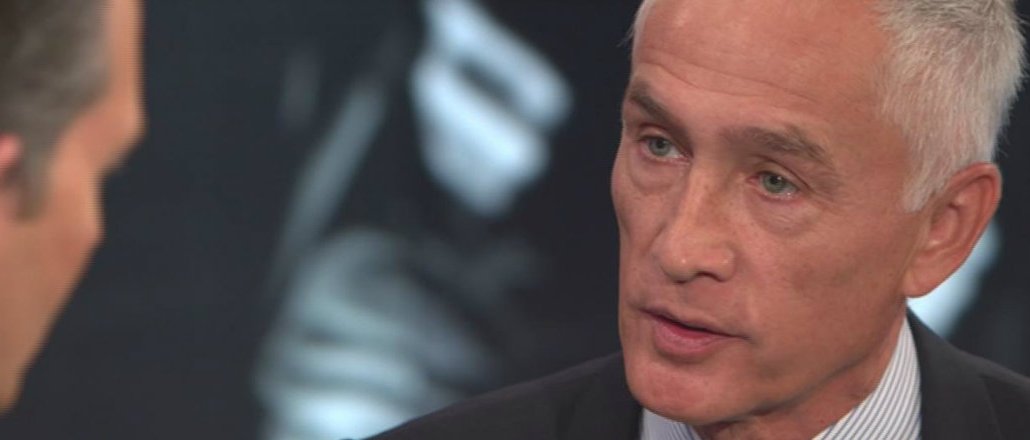
Last Monday evening, Fusion lead anchor Jorge Ramos went live from the Iowa Caucuses, updating viewers of the results of the first contests of the presidential nomination battle. But Ramos wasn’t on TV or on Fusion’s website: His reports that night were streamed on his Facebook page, where one hourlong stream attracted about 7,000 concurrent viewers and nearly 3.6 million views since Feb. 1.
The Iowa video streams were just the latest for Ramos and his “America with Jorge Ramos” production team, which has been experimenting with Facebook video for the past four months. In that time, Ramos has managed to grow his Facebook following from 190,000 fans to more than 1.5 million today.
“We’re reaching more people, and they’re different people than the ones [Ramos] is used to talking to at 6:30 p.m. on TV — that’s part of the reason why we’re doing it,” said Dax Tejera, executive producer of “America with Jorge Ramos,” which airs on Fusion on Tuesday nights. “That justifies Jorge getting out of the anchor chair [in Iowa].”
While Facebook has swiftly become video giant with 500 million daily video viewers, that has been via on-demand video clips. The company’s live video product was first introduced in August, limited to celebrities and other prominent figures with verified pages. It has since opened up the capability to all U.S. users, giving people the chance to stream video using their smartphones much in the same way some are doing on platforms like Periscope and Meerkat.
While Fusion has a cable network, other publishers don’t have such a luxury. That makes Facebook live video even more attractive.
“Newsrooms, just like any other business, are strapped for resources. Every time a new social network pops up, going out and cultivating a new audience, it takes a lot of work,” said Allison Rockey, director of programming for Vox.com. “Strategically, [Facebook] is a great place for live video because you already have a built-in audience there who you know likes your content.”
Vox.com has also begun to experiment with live video, with its first few videos focusing on behind-the-desk commentary with Ezra Klein and other reporters. For instance, this 20-minute video features Klein going in-depth about the differences between Bernie Sanders and Hillary Clinton, and what that means for the future of American politics if either are elected. Expect Vox.com to do more on-site field reports as it continues to cover the presidential election, Rockey said.
Another appeal of Facebook live video is the potential it offers in growing video watch time on the platform. Newswhip data suggests that Facebook’s live videos, which by their very nature are longer and encourage users to comment, drive higher engagement than traditional short Facebook videos. Facebook even recommends that live streams go for at least 5 minutes, if not longer. Both Fusion and Vox.com are aiming to do future live streams in the 20-minute range.
“Vox’s brand is to explain the news,” said Rockey. “With our Facebook Live experiment, we’re able to go deeper into topics and complicated issues.”
While every digital publisher now seems to have a Facebook video strategy, at this stage, Facebook live video requires very little manpower. Typically, publishers only need a team of three: the host, a producer to shoot and oversee the video and a social media staffer focused on monitoring comments and engagement.
All of which makes experimenting with live streaming on Facebook, as opposed to other social video platforms, a no-brainer.
“Right now, I’m thinking about Facebook Live as much as the hour I produce for TV every week,” said Tejera. “I never imagined I’d be covering the 2016 election like this, I can tell you that.”
More in Media

YouTube is under fire again, this time over child protection
Adalytics Research asks, ‘Are YouTube advertisers inadvertently harvesting data from millions of children?’

Media Briefing: Publishers pump up per-subscriber revenue amid ad revenue declines
Publishers’ Q2 earnings reveal digital advertising is still in a tight spot, but digital subscriptions are picking up steam.

Lessons for AI from the ad-tech era: ‘We’re living in a memory-less world’
Experts reflect how the failures of social media and online advertising can help the industry improve the next era of innovation.
Ad position: web_bfu